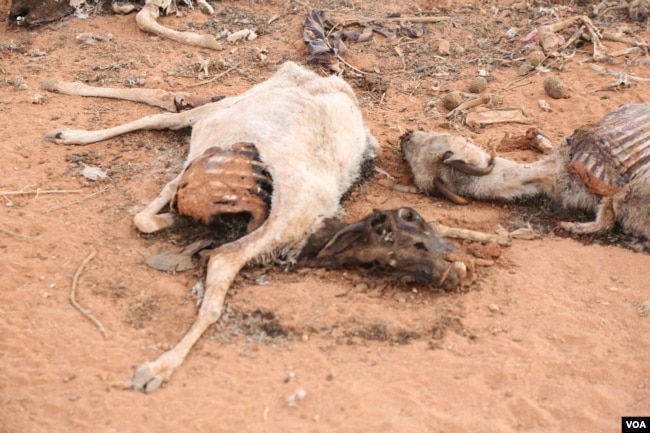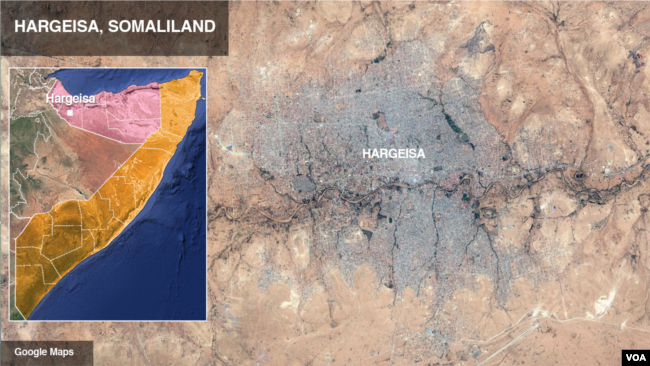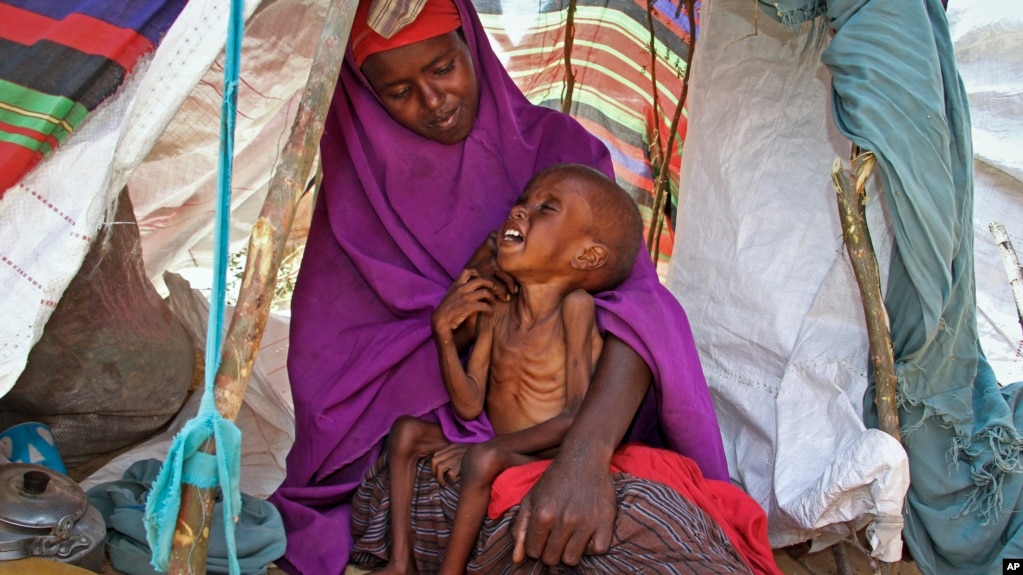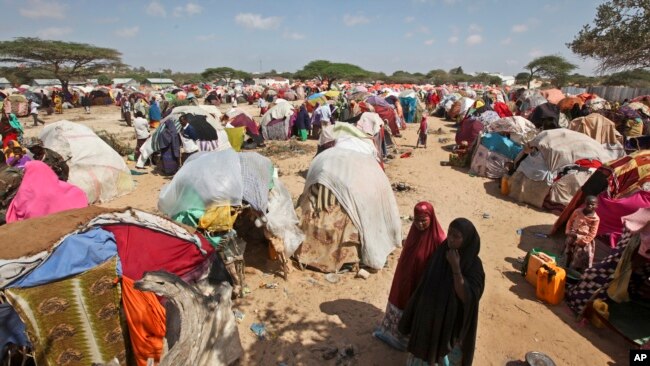I live in one of the "D3" level drought areas.
On one hand this summer has been nice in that not one weekend of the entire summer has been ruined by rain. Not one.
on the other hand - I have 1" wide cracks in my yard that are 13" deep.
On one hand this summer has been nice in that not one weekend of the entire summer has been ruined by rain. Not one.
on the other hand - I have 1" wide cracks in my yard that are 13" deep.







